The Attraction of South Africa’s Old Vine Wines
Aging wine on the vine?
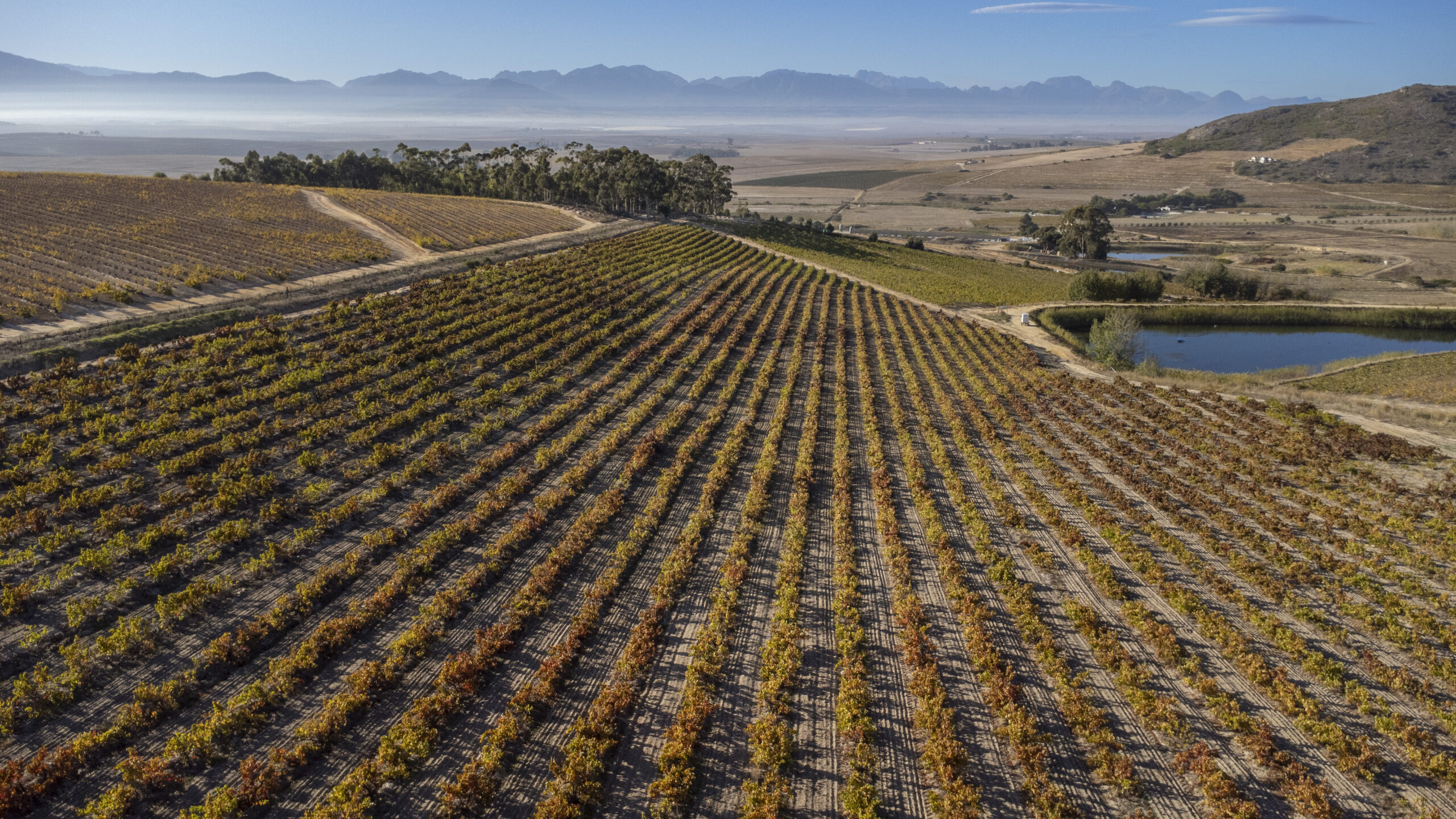
“A diamond is forever” runs the famous phrase coined in 1947 by South Africa’s De Beers diamond mining company. As for grapevines—not forever, but potentially for many decades and even for more than a century, if they’re looked after. And that’s the aim of South Africa’s pioneering Old Vine Project, which encourages owners of the country’s oldest vines to keep them in the ground and continue to make wine from them.
References to “old vines” are found on wines from countries as diverse as Australia, France, Argentina, and Greece. They imply that older vines contribute something special to wine, and supporters of old vines believe they do. André Morgenthal, a veteran of the South African wine industry who manages the Old Vine Project, says old vine wines are distinctive because of their “complexity, texture, and palate weight. International perspectives focus on the perceived brightness of these wines.”
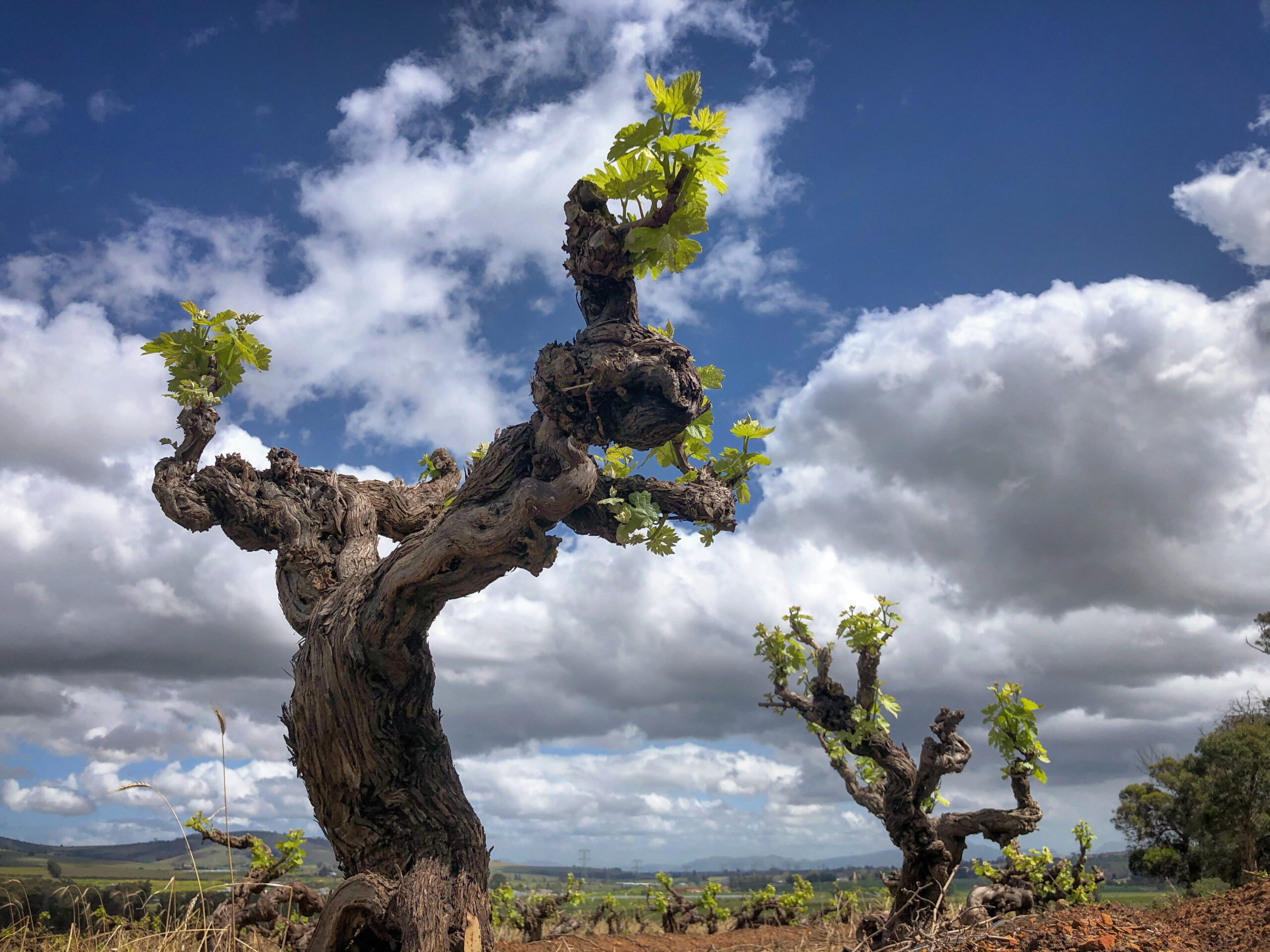
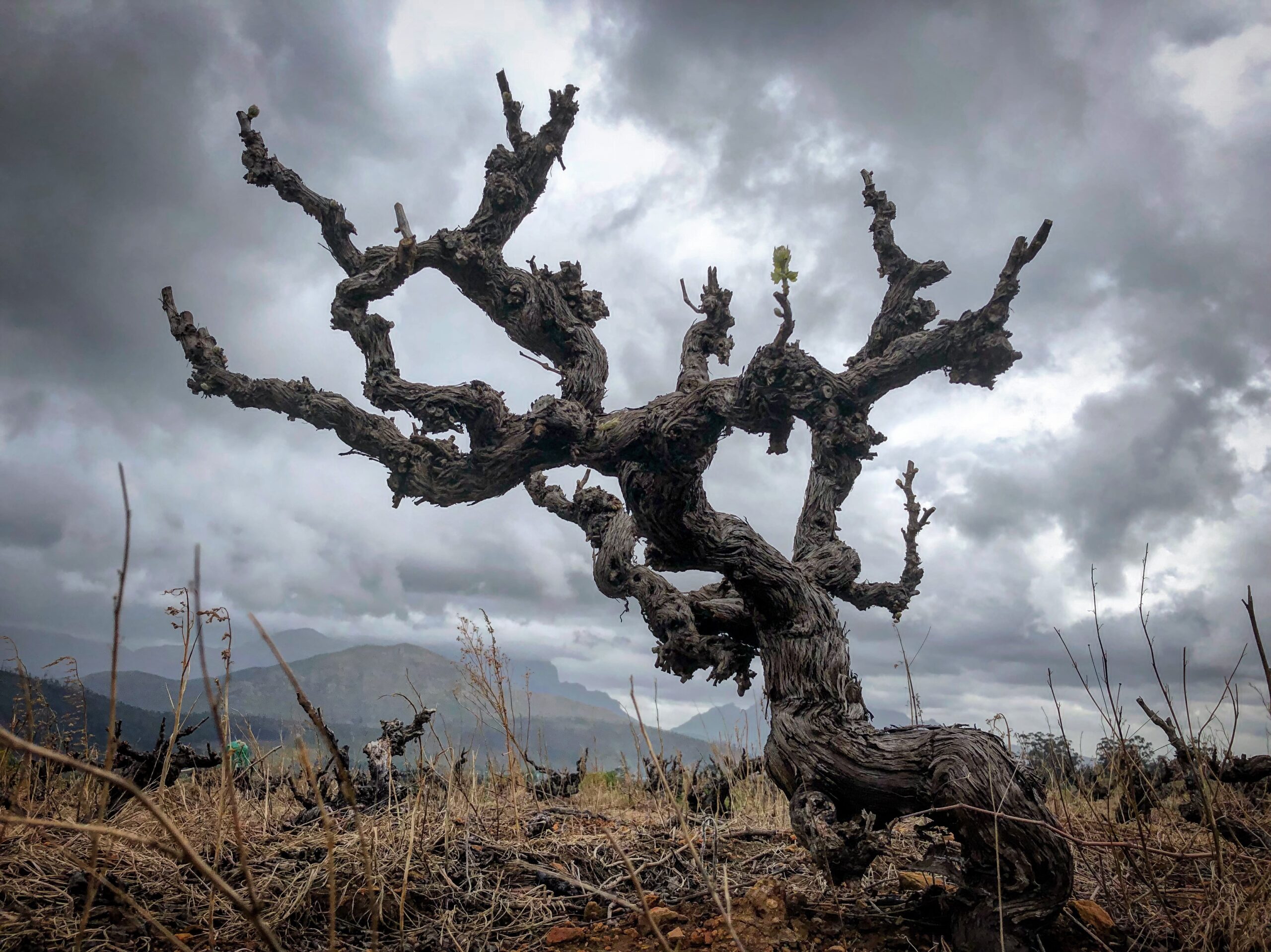
Morgenthal oversees 140 member wineries that collectively farm almost 4,500 hectares of old vines, about 5 per cent of the country’s total vineyard area. These vines are at least 35 years old, the age vines must reach to be considered “old” in South Africa. The country is rare in having centralized records of vineyard plantings dating back to 1900, so the age of vines can readily be verified. The most common variety in these vineyards is chenin blanc—South Africa’s signature white wine—and other white varieties include sauvignon blanc, colombard, and muscat of Alexandria. Red varieties are less common, and they are led by cinsault and pinotage—the latter is South Africa’s signature red variety.
It’s not only about the wine made from old vines but also about the vines themselves. Old vines, often bush vines, with thick, gnarled trunks, are part of South Africa’s viticultural heritage, in the same way that ancient trees form part of the forest heritage. And there’s a lot more to farming old vines than simply keeping them in the ground. Vines produce their highest yields at full maturity, then plateau before beginning to produce progressively less fruit. To this extent, old vines become financially less viable as they age.
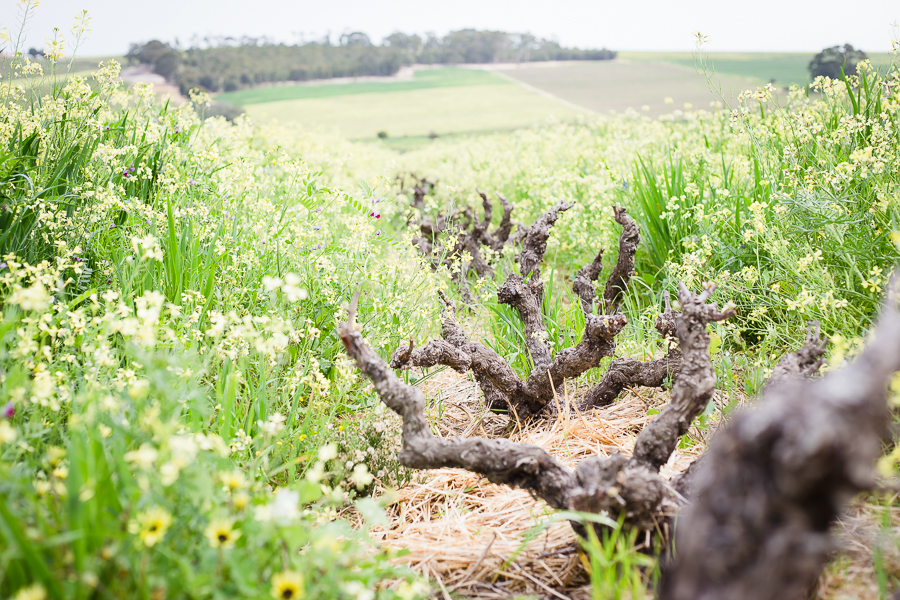
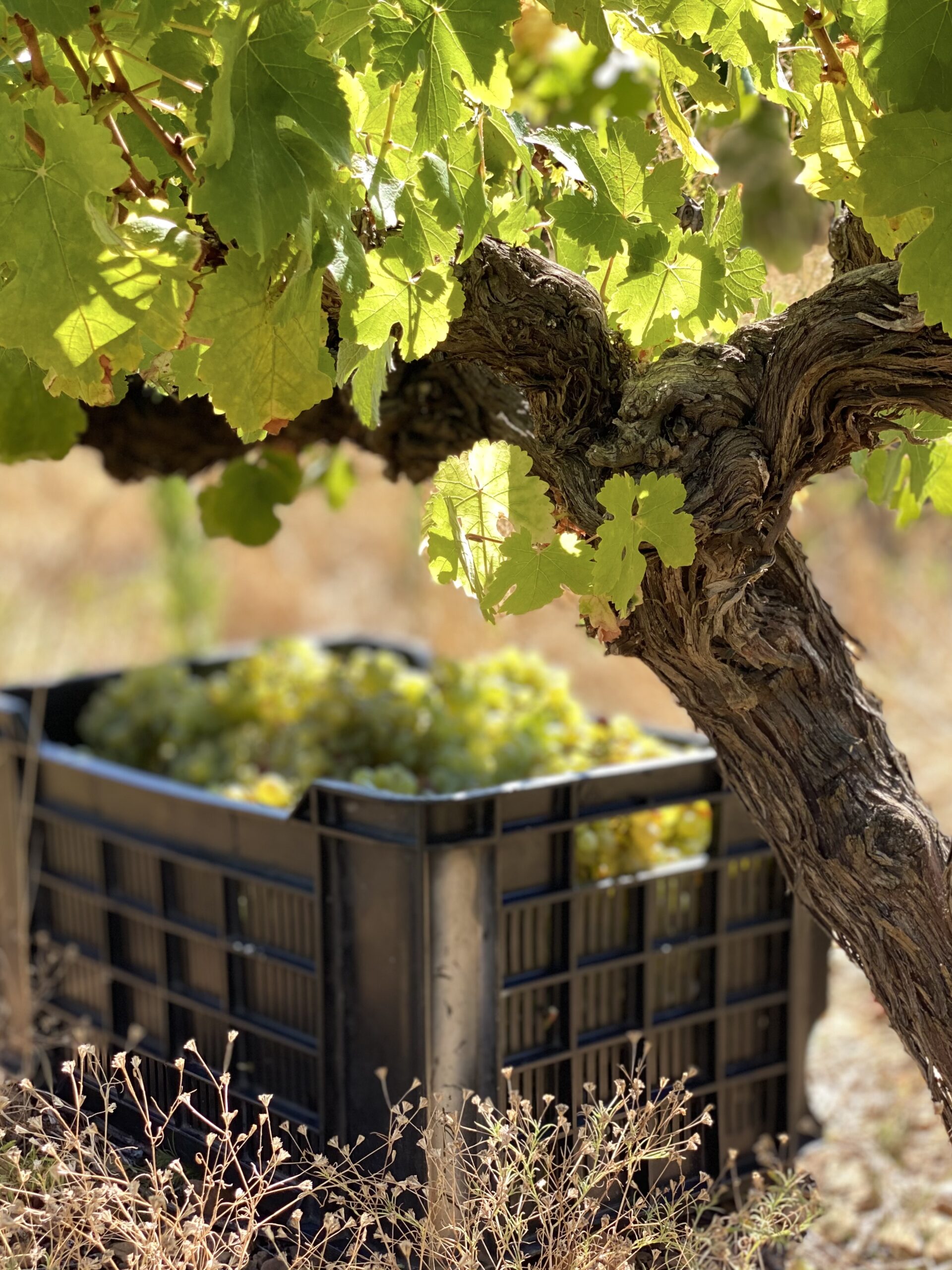

The lower volume of wine per vine is sometimes compensated by higher prices per bottle, but many owners can still lose money on the vines. Land in South Africa is often more profitable when planted in crops such as citrus fruit, rather than grapes, and owners of vineyards can be torn between protecting old vines at a loss or growing more lucrative produce. It’s a lot to expect growers to keep their money-losing old vines, and the Old Vine Project has promoted an understanding by which wine producers will pay up to four times the price that growers used to get for grapes from old vines.
Some producers have gone to heroic lengths to save older vines. In 2007–2008, L’Ormarins winery transplanted half a hectare of chenin blanc vines that had been growing on another property since 1964. Each of these then-43-year-old vines was dug up with about two metres of soil around and under them, trucked to L’Ormarins, and replanted. The wine made from these old vines, L’Ormarins Die Ou Bosstok, shows gorgeous, layered flavours with pungency and depth and textbook fruit-acid balance.
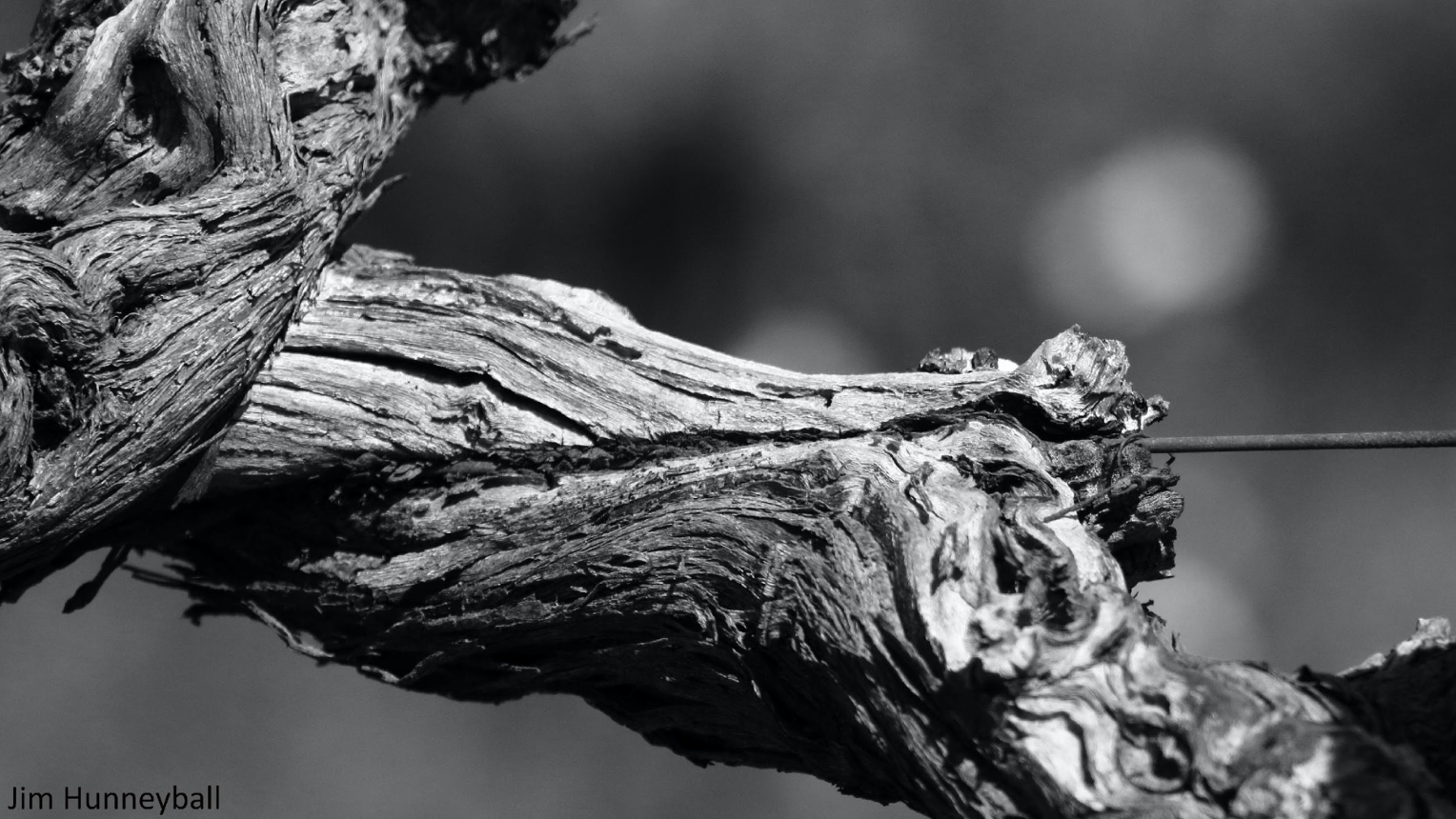
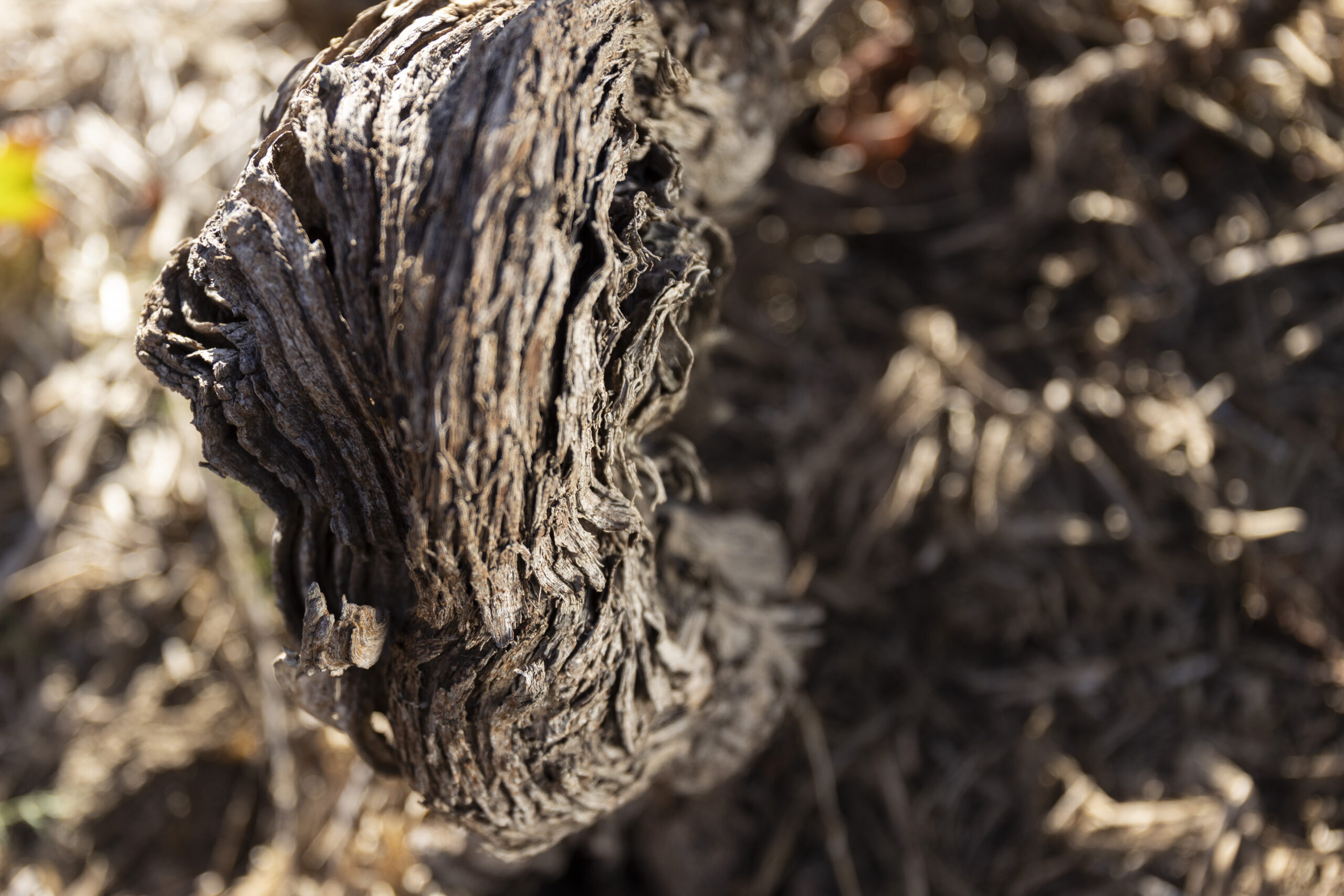
Although “old vines” is an unregulated term in many countries, so that producers can, in principle, use it for wine from any vines, it is regulated in South Africa. Bottles of wine sourced from vines at least 35 years old carry a neck sticker that reads “Certified Heritage Vineyards” and the year the vines were planted. Consumer research has shown that, with this guarantee, South African wine-buyers are willing pay much more for a bottle of wine from 35-year-old vines and progressively more for wines made from even older vines.
The oldest known producing grapevine in the world grows along the side of a house in Maribor, Slovenia, and it was planted about 400 years ago. No old vines in South Africa could possibly be that old—grapevines were first planted there in the 1650s—but the wines they produce are well worth seeking out. Not only do they deliver quality and value across the board but buying them also supports the preservation of these heritage vines and the farmers and workers who tend them.
Some South African Old Vines wines
Boekenhoutskloof Semillon
Ken Forrester Old Vine Reserve Chenin Blanc
Leeu Passant Old Vines Basson Cinsault
Mullineux Old Vines White
Naudé Old Vines Cinsault
Rustenberg Old Vines Muscat of Alexandria




